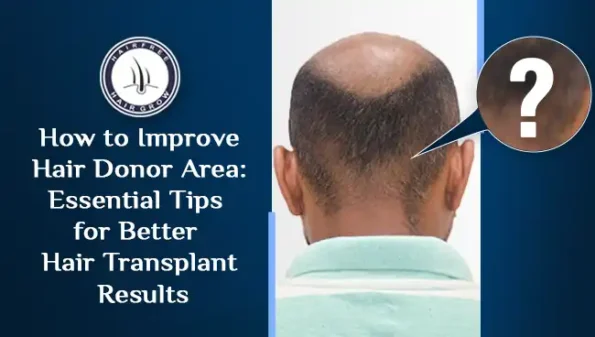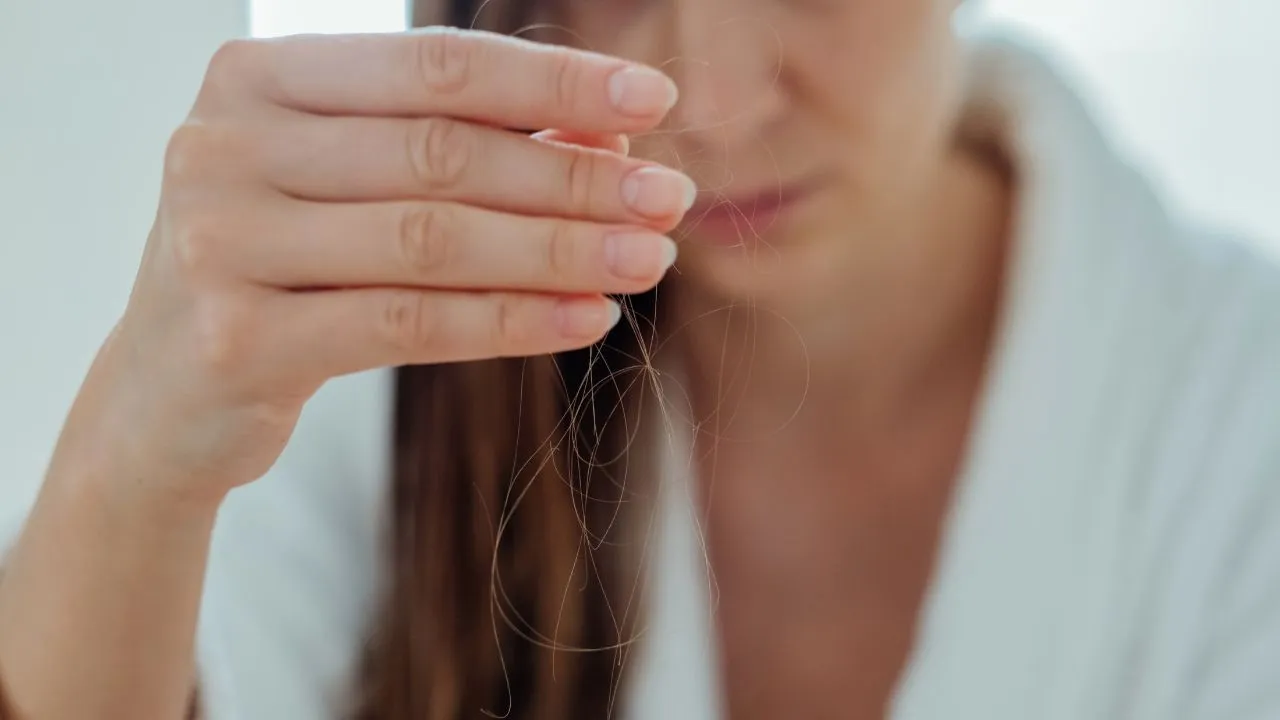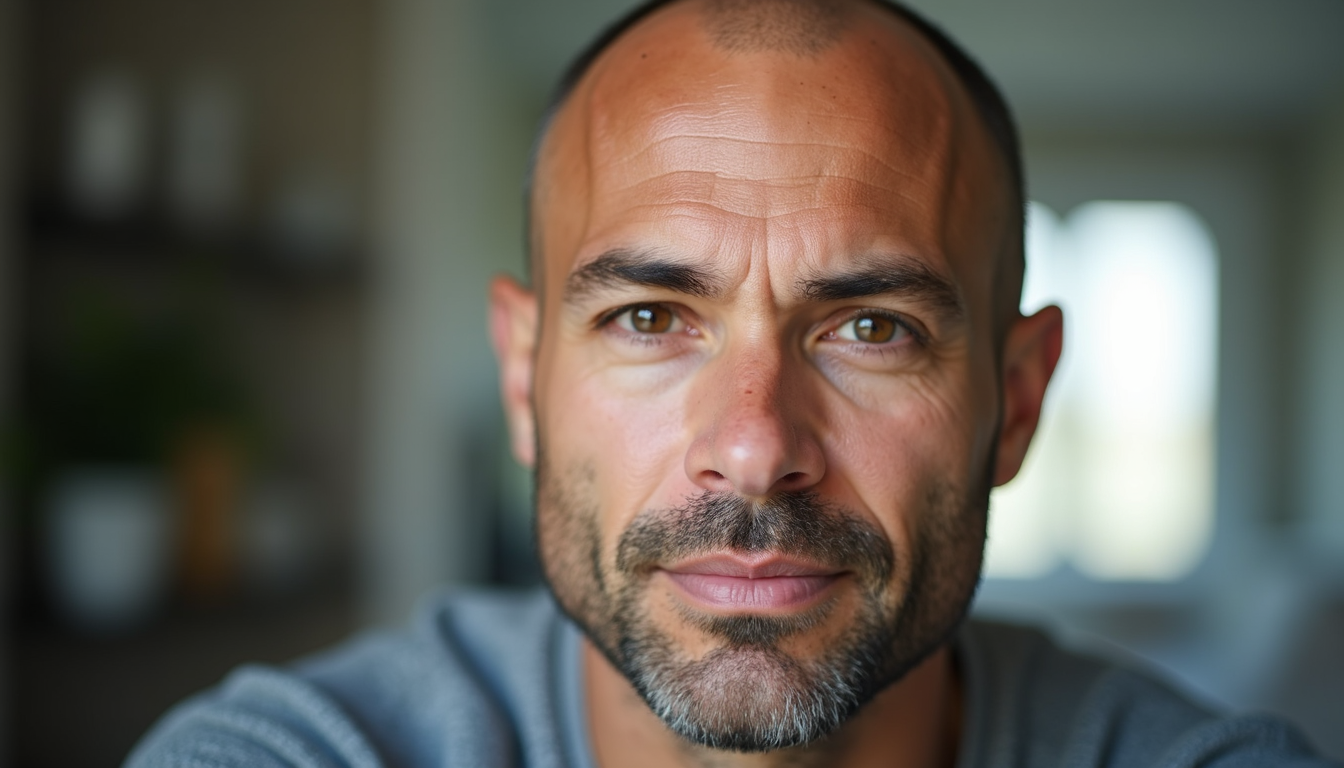If you’re considering a hair plantation or have already undergone the procedure, taking care of your hair donor area is crucial. The donor area—usually the back and sides of your head—provides the healthy hair grafts needed for transplantation. But what if your donor area is weak, thinning, or damaged?
Don’t worry! With the right care and treatments, you can improve your hair donor area, making it healthier and stronger. In this blog, we’ll share the best tips to boost hair growth, prevent thinning, and know you how to improve hair donor area. Let’s get started.
Common Donor Area Issues and How to Address Them
Issue | Cause | Solution |
Overharvesting & Patchiness | Too many follicles removed from one spot | A skilled surgeon ensures even extraction to avoid visible thinning. |
Donor area scarring | Improper extraction techniques | Advanced FUE techniques and microneedling treatments can help reduce scarring. |
Slow Healing | Poor aftercare or underlying health conditions | Follow post-operative care guidelines and consider PRP therapy to enhance healing. |
The Role of Age in Donor Area Health
Age is a significant factor in determining the quality and stability of the how to improve hair donor area Typically:
- Patients in their 20s and early 30s have a good donor area, but future miniaturization is a concern.
- Patients over 50 with stable donor areas are less likely to experience further miniaturization.
- A family history of baldness provides an indication of future hair loss patterns.
- A conservative approach should always be taken to ensure future hair loss does not compromise the results of the transplant.
Assessing the Donor Area
A thorough assessment of the donor area is essential before proceeding with a hair transplantation procedure. Key factors to consider include donor area density, which refers to the number of hair follicles per square centimeter, as it determines the availability of grafts for transplantation.
Hair caliber also plays a significant role, as thicker hair strands provide better coverage and a more natural-looking density after the procedure. Additionally, uniform extraction is crucial to prevent visible thinning or patchy areas in the donor region, ensuring an even and aesthetically pleasing result.
Beard as a Secondary Donor Area
When scalp donor hair is insufficient, beard hair can be an alternative. However, careful extraction is required to:
- Focus on the submental and submandibular zones (below the jawline) to avoid visible scars.
- Avoid using a thick punch that can lead to large scars.
- Ensure extractions are spaced out to prevent linear scarring.
Beard hair varies in growth patterns and texture, making results unpredictable. Some patients experience good blending with scalp hair, while others may find the coverage sparse.
Before the Procedure: Preparing the Donor Area
Before starting the hair transplant, the surgeon carefully examines and prepares the donor area. This includes:
- Mapping the Donor Area: The surgeon divides the area into sections to ensure hair is taken evenly, preventing patchy spots.
- Checking Hair Density: The doctor measures how many hair follicles are available to determine how many grafts can be safely taken.
- Assessing Hair Thickness: The thickness of the hair is checked to predict how well it will cover the transplanted area.
During the Procedure: Ensuring a Healthy Donor Area
To keep the donor area in good condition while extracting hair follicles, surgeons use careful techniques, such as:
- Even Extraction: Hair follicles are removed evenly from different areas to avoid over-thinning in one spot.
- Wavy Incisions: Instead of a straight line, the surgeon creates a wavy pattern at the edges of the extraction area so the new growth blends naturally.
- Choosing the Right Punch Size: The tool used to remove hair follicles (punch) is chosen carefully to avoid unnecessary damage and donor area scarring.
- Minimizing Damage: A skilled surgeon ensures that hair follicles are not accidentally cut (a problem called transection) so the transplanted hair grows well.
After the Procedure: Caring for the Donor Area
Proper care after the transplant helps the donor area heal quickly and reduces discomfort. Here’s what you should do:
- Follow Your Surgeon’s Instructions: Carefully follow the guidelines given by your doctor for donor area care.
- Manage Pain: If needed, take prescribed painkillers to stay comfortable.
- Keep It Clean: Prevent infection by keeping the area clean and dry.
- Avoid Strenuous Activities: Avoid heavy exercise or activities that might strain the donor area until it fully heals.
- Watch for Any Issues: Keep an eye out for excessive bleeding, infection, or delayed healing, and report any concerns to your doctor.
Preserving the Donor Area for the Future
Since the how-to-improve hair donor area has a limited number of hair follicles, it’s important to protect it in case you need another procedure in the future. This can be done by:
- Conservative Extraction: Taking only the necessary number of grafts to avoid unnecessary depletion.
- Long-Term Planning: A good surgeon considers future hair loss and plans the transplant accordingly to ensure you have enough donor hair if needed later.
- Donor area recovery: Ensuring proper healing to maintain scalp health and graft viability for any future needs.
- Donor area healing: Using PRP therapy, microneedling, and good nutrition to speed up healing and minimize scarring.
By following these steps, you can ensure that your donor area stays healthy and your hair transplant results look natural for years to come.
Final Thoughts
Managing the donor area effectively is key to achieving natural, long-lasting hair transplant results. By taking a holistic approach, including proper pre-transplant care, careful extraction techniques, and donor area healing, you can ensure a healthy donor area and optimal hair growth.
If you’re considering a hair transplant, consult with an experienced surgeon who prioritizes donor area recovery. Have any questions? Feel free to reach out and get expert guidance on your hair restoration journey!
Written By
MD (Skin & VD)
Dr. Richa Sanmukhani is a hair restoration expert specializing in how to improve hair donor area for optimal transplant results. She provides expert guidance on enhancing donor site recovery, promoting hair regrowth, and ensuring long-term scalp health through advanced techniques and personalized care.
Disclaimer
We’ve made all possible efforts to ensure that the information provided here is accurate, up-to-date and complete, however, it should not be treated as a substitute for professional medical advice, diagnosis or treatment. See Detailed Disclaimers Here.





